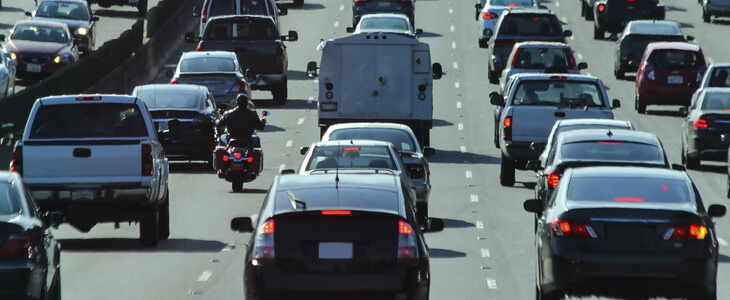In a personal injury auto accident claim, determining fault is a critical element to establish. After all, the party who is found to be at fault for causing the accident can legally be held responsible for compensating the injured party for the harm they suffered as a result of the accident. This means the at-fault party, or, more likely, their insurance company, will compensate the injured party for things such as medical expenses, lost wages and more. Some accidents are straight forward regarding the fault determination. Others can be more complicated. Take rear-end accidents, for instance. While most may point the finger at the driver who hit the other car from behind as the person at-fault, these kinds of accidents, like all accidents, require a fact-specific inquiry to really determine who was at fault.
Determining Fault in a Rear-End Accident
In many cases, the rear driver will be found at fault for a rear-end collision. The fact remains, however, that fault is determined based on which driver engaged in negligent driving behavior leading to the accident. What the drivers were doing leading up to the collision is a critical element of the fault-determining analysis. For instance, when a rear-driver is found at-fault in a rear-end accident, it is not simply because they were the rear-driver. In fact, the rear-driver is often found at fault for a rear-end accident because they were engaged in aggressive or distracted driving.
Aggressive driver behaviors that would lead the rear-driver to be at-fault for a rear-end collision would include things such as speeding or tailgating. Speeding makes it more difficult for a driver to effectively stop in time should the driver in front of them hit the brakes. Tailgating and failing to leave enough room between a driver in front of you also makes it more difficult to effectively stop in time to avoid a collision.
Distracted driving on the rear-driver’s part can also be found to be the root cause of a rear-end accident. When a driver is eating, texting, or otherwise messing with car settings or electronic devices, they can miss things like cars in front of them coming to a stop or slowing down. Distracted driving can all too easily prevent a driver from having enough time to avoid a collision.
To be clear though, there are many times when the front driver is found to be at fault for an accident. How can this be? Well, there are a number of scenarios where this might be the case. For starters, the front driver may have reversed into the car behind them. This is often the case in parking lots. Other times, the front driver’s aggressive driving may have been the root cause of the accident. Consider, for instance, a driver that is weaving in and out of traffic lanes. If this driver cuts someone off or fails to adequately signal, the driver behind them may not have the space or time to react to this dangerous driving behavior. If an accident results, then the front driver may be found at fault.
Philadelphia Personal Injury Attorneys
Gathering evidence and looking at the specific circumstances of an accident will be critical in any personal injury claim. The team at Cooper, Schall & Levy knows what evidence needs to be gathered and preserved in order for you to have the strongest possible claim. Contact us today.


